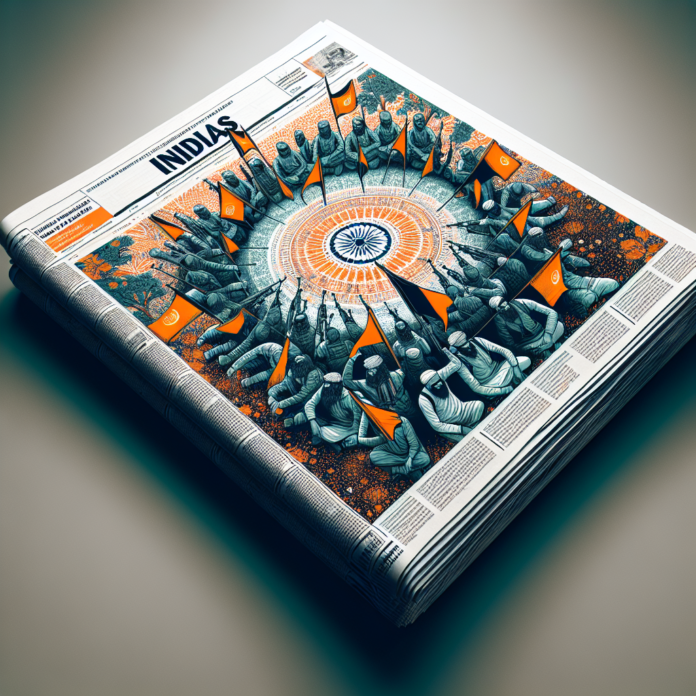New York Times Portrays Khalistani Extremists Favorably Opposes Viewing Them as a Threat to India’s Security
New York Times Portrays Khalistani Separatists with a Sympathetic Lens
In recent times, the New York Times has stirred discussions with its portrayal of Khalistani separatists, framing them in a manner that some argue romanticizes their actions. This portrayal has sparked a debate on how Khalistani terrorism is perceived, particularly in relation to India’s national security.
A Controversial Narrative
The New York Times article has been criticized for seemingly downplaying the threat posed by Khalistani terrorism. Critics argue that the narrative presented does not adequately address the violent history and ongoing security threats associated with the movement. Instead, it appears to cast the separatists in a more sympathetic light, potentially influencing public perception about the severity of the issue.
Understanding Khalistani Terrorism
Khalistani terrorism refers to the extremist activities conducted by groups seeking to establish an independent Sikh state, referred to as Khalistan, within the Punjab region of India. This movement gained momentum in the late 20th century and led to significant violence, including bombings, assassinations, and hijackings, affecting both Indian and international communities.
Implications for Indian National Security
The threat of Khalistani terrorism is a significant concern for Indian national security. The movement, though not as active as in the past, still retains pockets of support both within India and among the diaspora abroad. The Indian government remains vigilant, recognizing that the resurgence of such separatist sentiments could lead to destabilization in the region.
Global Perspectives
Internationally, the perception of Khalistani terrorism varies. Some countries have recognized the potential threat and have taken steps to curb the activities of extremist groups within their jurisdictions. However, media portrayals, like the one by the New York Times, can influence how these issues are understood globally.
The Role of Media in Shaping Perceptions
Media outlets hold significant power in shaping narratives and public opinion. The way they choose to present certain issues can have far-reaching impacts on how those issues are perceived by the public and policymakers alike. In the case of Khalistani terrorism, presenting a balanced and factual account is crucial to ensuring an informed dialogue on its implications for security and peace.
Moving Forward
As discussions continue, it is essential for media representations to be grounded in a thorough understanding of the historical and geopolitical complexities surrounding Khalistani terrorism. For India, acknowledging and addressing these threats remains a priority, while also engaging in dialogues that promote peace and security in the region.

